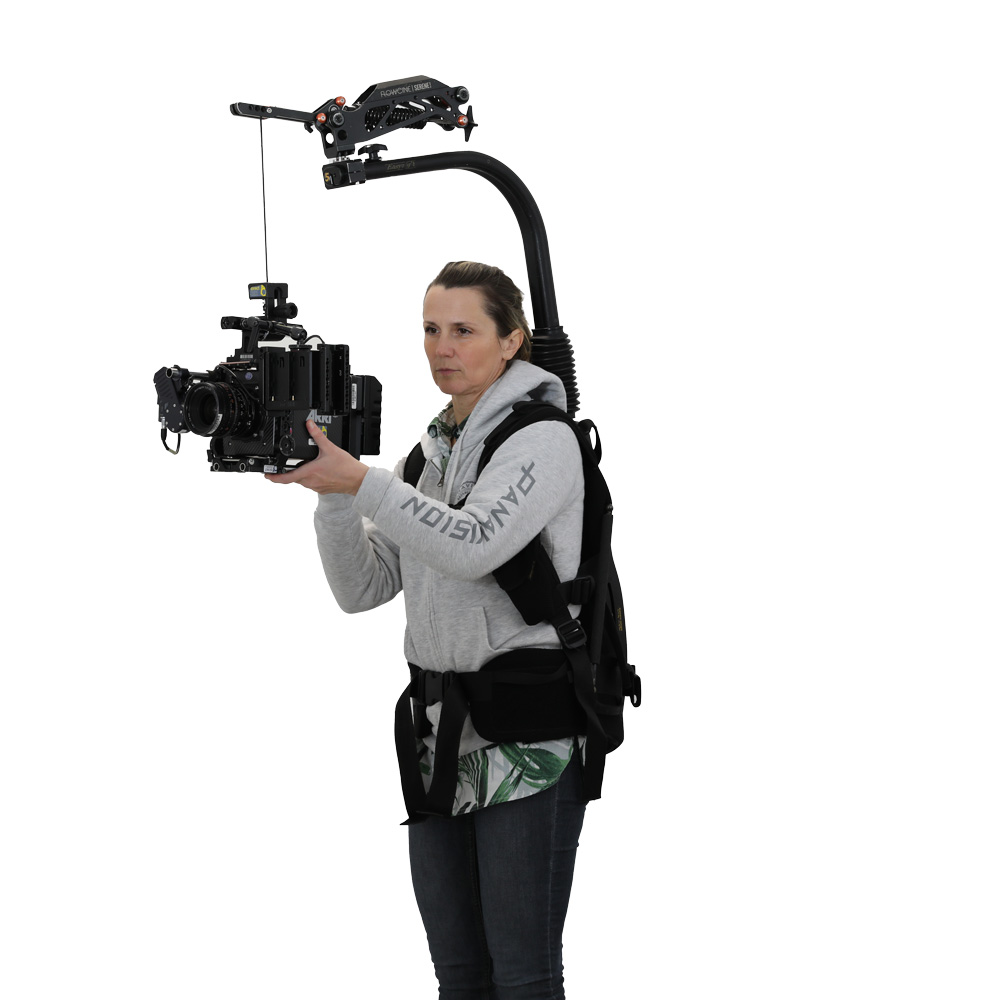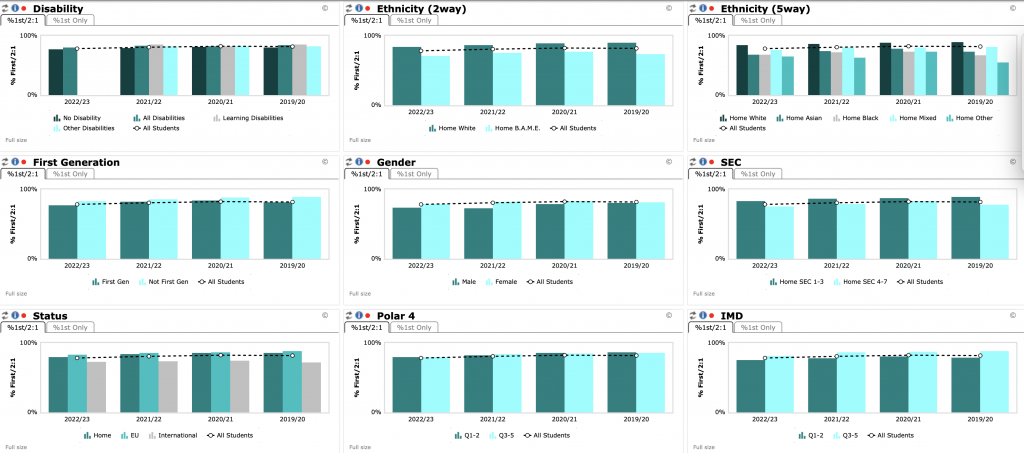Kimberlé Crenshaw’s theory of intersectionality (1991) has significantly impacted our understanding of discrimination and privilege. This theory examines how various social identities, such as race, gender, class, and sexuality intersect to shape individuals’ experiences. She argues that overlooking intersectional identities leads to the marginalisation of individuals who face compounded forms of oppression. I will be considering the overlapping systemic barriers with intersectionality in mind in this blog.
Ade Adepitan, a black male wheelchair athlete, highlights the intersectionality of racism and disability discrimination in his reflections on prejudice and racism faced in the past. His experiences underline the commonalities between the Black Lives Matter movement and Disability Rights Advocacy, both addressing systemic discrimination across various societal aspects. Adepitan emphasises the compounded discrimination faced by Black individuals with disabilities and advocates for inclusivity, equity, and physical accessibility.
Christine Sun Kim, a Deaf female artist and mother, bridges communication gaps between hearing and Deaf communities through her playful artistic practice. In an interview with Art21, she emphasises the importance of accessibility for the Deaf community, advocating for the normalisation of accessible communication forms like infographics and captions. Kim’s experience reiterates the necessity of clarity and accessibility in communication to ensure Deaf Rights are upheld.
Chay Brown, a trans gay man, discusses intersecting identities within the LGBTQ+ community and challenges perceptions of disability. In an interview for Parapride, Brown highlights the privileges and challenges associated with visible and hidden disabilities, advocating for mental health disability solutions at pride events.
These three narratives illustrate the shared experiences and advocacy efforts across marginalised communities. They highlight the need for inclusivity, equity, and accessibility, accentuating the importance of visibility for Disabled people.
As a Media Specialist Technician at CSM, for my workshops I consider physical spaces like film studios and classrooms to accommodate students with mobility impairments. Course materials are accessible as electronic text and infographics. In my workshops, heavy cameras are handled, thus I requested specialised equipment like the easy rig to accommodate students with mobility limitations. This proactive approach ensured readiness when a student with severe back issues joined in 2023. By anticipating needs and making individualised accommodations, I ensure all students can engage in effective technical learning.

Looking at the Data for attainment at UAL, you can see that intersectionality has been considered for the attainment report. This is a good effort to instil an understanding of equity within staff.

Analysing the graph below we can see that there has been a steady decline in attainment of 1st and 2:1 degrees for students with disability. 2020 was the year that Covid hit and we went into lockdown. This raises the point that the switch to online learning made education more accessible to all students. However, normalisation of physical, technical education of equipment (such as cameras, and machinery) should be at the forefront of educational inclusivity and development (Higbee, J. L, 2003), because I suspect students are affected with anxiety since the pandemic, too afraid to handle the equipment, exacerbated through physical limitations.

Overall, these graphs illustrate how addressing accessibility via data collection, fosters the crucial aspect of visibility of intersectional identities. UAL should recognise that within the disability data set, there are also intersectional groups, and we can look to the questions asked in the Privilege Walk (McIntoch, P. 1989) to enrich collected data.
(Word count: 550)
References:
ART21. (2023, November 1). Christine Sun Kim in “Friends & Strangers” – Season 11 | Art21 [Video]. YouTube. https://www.youtube.com/watch?v=2NpRaEDlLsI
Browning, E. R., & Cagle, L. E. (2017). Teaching a “Critical Accessibility Case Study”: Developing Disability Studies Curricula for the Technical Communication Classroom. Journal of Technical Writing and Communication, 47(4), 440-463. https://doi.org/10.1177/0047281616646750
Bryan, J. (2022). Privilege Walk [Online]. University of Warwick, n.d. Available from https://warwick.ac.uk/services/dean-of-students-office/community-values-education/educationresources/privilegewalk (Accessed 23 April 2024).
Burgstahler, S. (2015). Universal Design in Higher Education: Promising Practices. [Book]. Harvard Education Press.
Crenshaw, K. (1991). Mapping the Margins: Intersectionality, Identity Politics, and Violence against Women of Color. Stanford Law Review, 43(6), 1241–1299.
Hickey-Moody, A. and Crowley, V. (2010) ‘Disability matters: pedagogy, media and affect’, Discourse: Studies in the Cultural Politics of Education, 31(4), pp. 399–409. doi: 10.1080/01596306.2010.504358.
Higbee, J. L. (2003). Curriculum Transformation and Disability: Implementing Universal Design in Higher Education. [Book]. ASHE-ERIC Higher Education Report.
Janice Rieger, Jasmien Herssens & Megan Strickfaden. (2020) Spatialising differently through ability and techné. CoDesign 16:2, pages 135-151.
McIntosh, P. (1989). White privilege: Unpacking the invisible knapsack. Independent School, 49(2), 31-36.
ParalympicsGB. (2020, October 16). Ade Adepitan gives amazing explanation of systemic racism [Video]. YouTube. https://youtu.be/KAsxndpgagU?si=3x8_pxb7nGzwLRi6
Parapride. (2023, December 13). Intersectionality in Focus: Empowering Voices during UK Disability History Month 2023 [Video]. YouTube. https://www.youtube.com/watch?v=_yID8_s5tjc
5 responses to “Inclusive Practices: Blog 1-‘Dis’ability and Intersectionality”
Your post demonstrates strong knowledge and understanding of intersectionality and how disability intersects with other aspects of the individuals’ identities from the short films. It was interesting to hear about how as a Media Specialist Technician at CSM you consider disability within your own teaching context such as physical spaces and accessible course materials especially with regards to specialised equipment which creates an inclusive learning environment but also provides students with enhanced learning experiences.
Your analysis of UAL’s dashboard is thorough and that you also recognised within the disability data set, that there are also intersectional groups. My own interpretation of that data led me to consider what other aspects of the individuals’ identities interact with their disabilities.
Hey Sheran,
Thanks for this! I appreciate your recognition of my efforts to understand and apply intersectionality in the context of disability. I think because of my own experiences as a POC I wanted to go for a nuanced approach but did not think about those intersectionalities interacting with disabilities.
After reading your blog it was interesting to see how you explored how other aspects of identity interact with disabilities, your view underscores the importance of a holistic approach to inclusion and accessibility. I think your view ensures that we address the unique challenges faced by each student, ultimately creating a more equitable educational landscape.
I was interested to learn about how in your own teaching practise you have found ways to accommodate students with mobility limitations such as through the Easyrig harness. Acts like this can help all students whether they have mobility issues or not, and would be useful for difficult locations or longer film shoots.
And how you have seen a trend in the dashboard data around online learning in 2020 making education more accessible, but the negative effects of this through post pandemic anxieties and students being hesitant when faced with handling equipment, making it even worse for those with physical limitations. We do see this trend with students on the course as well. A lot of equipment, software and machines can be quite intimidating to use at first, I try to get students to get hands on with things as soon as possible and create spaces where they can learn by making mistakes.
But you can only do as much with the options you have, I remember a student with a non visible disability being frustrated by the Moodle platform because they were overwhelmed by it, as well as how to navigate through it and the lack of accessibility options.
You have pointed to the Higbee book discussing Universal Design, where design can be used by the largest possible groups of people without the need for adapting, I haven’t seen it being applied to a educational context and found a pdf of it online, thanks for pointing that out.
I am not sure if you have come across FWD-Doc before and the resources on their website (https://www.fwd-doc.org/) this could be relevant for your field of practise.
I agree that UAL needs to recognise within the data there are intersectional groups present, yet there isn’t an easy way to show this without risk of exposing someones characteristics in the datasets if they do become too specific.
Thank you for your thoughtful response, It’s encouraging to hear my approach to tools like the Easyrig harness can benefit all students, not just those with mobility issues. Your proactive approach in encouraging hands-on experience and creating safe spaces for learning through trial and error is commendable and essential in demystifying intimidating equipment and software.
The trend you’ve observed regarding the shift to online learning during 2020 is significant. While online education has increased accessibility, it has also introduced new challenges, particularly post-pandemic anxieties and hesitancy in handling equipment. These challenges are more pronounced for students with physical limitations, as you rightly pointed out. Your experience with the overwhelmed student navigating Moodle underscores the need for more user-friendly and accessible digital platforms.
The concept on Universal Design is super crucial in our universities and i feel like this should just be the baseline of university education and I’m grateful that you also feel that it should be applied. The principles of Universal Design can be transformative when applied to educational contexts, aiming to create learning environments that accommodate the widest range of students without the need for specialised adaptations, which could prove isolating.
And thank you for that link! Super useful for my field!
You begin this blog with an excellent synthesis of the provided resources. You draw thoughtful connections through the various ways intersectionality weaves through these examples. Across all of them a focus is made on the value of visibility and inclusivity for Disabled people.
I very much appreciate you then connecting this conversation to your own practice as a “Media Specialist Technician”. You express the unique challenges of working with physical equipment. Your proactive approach is inspiring and one I will explore within my own class context. Your use of data helps back up your perspective and draws attention to gaps in our understanding that are worth our attention.